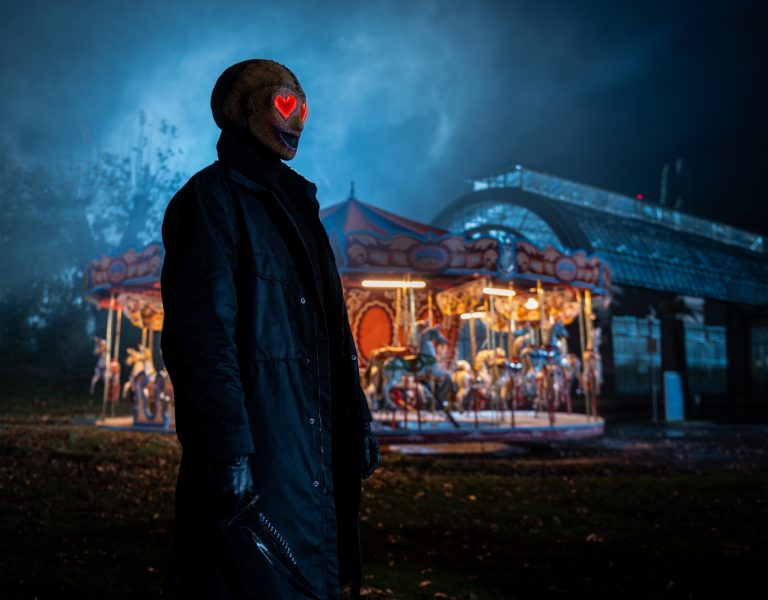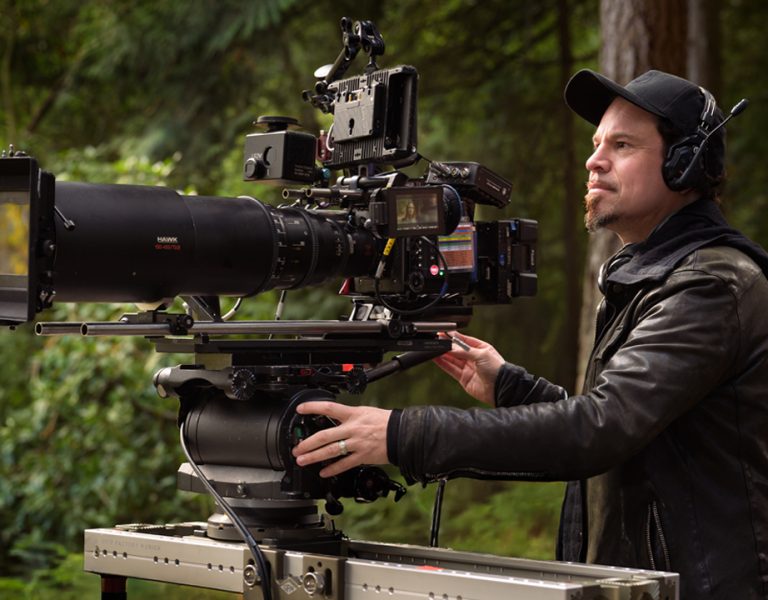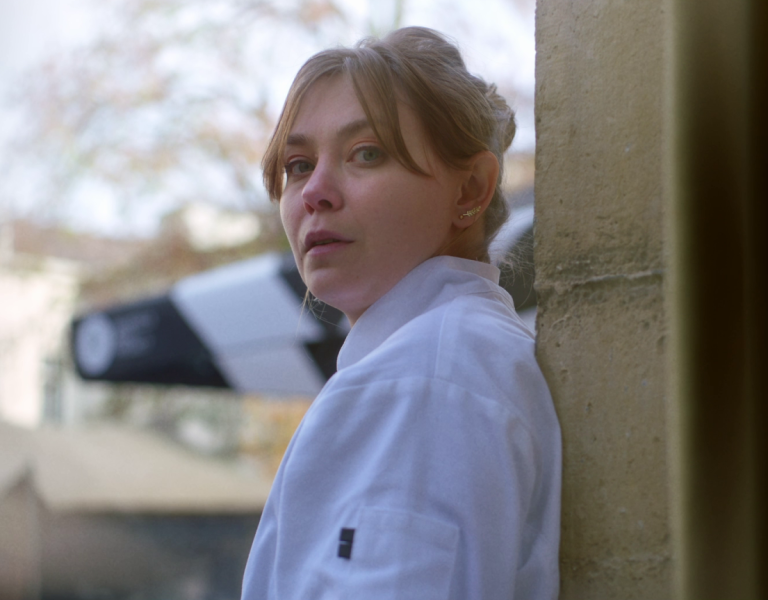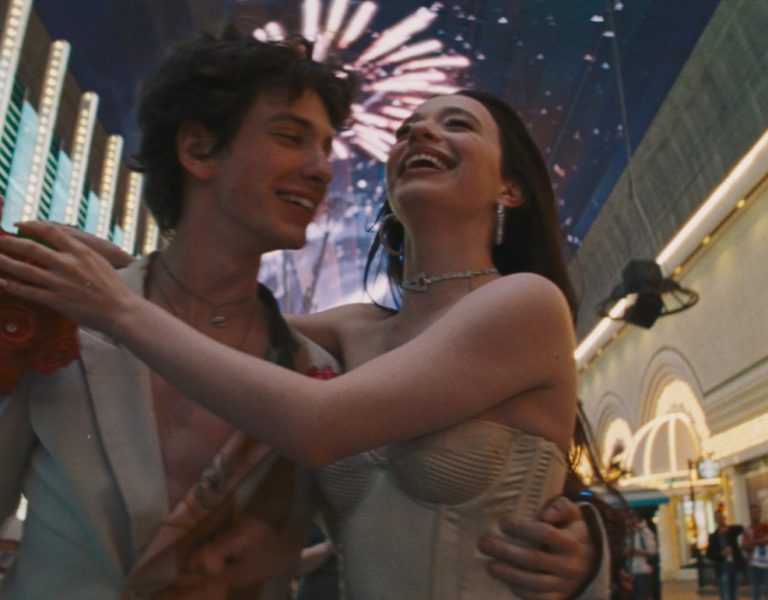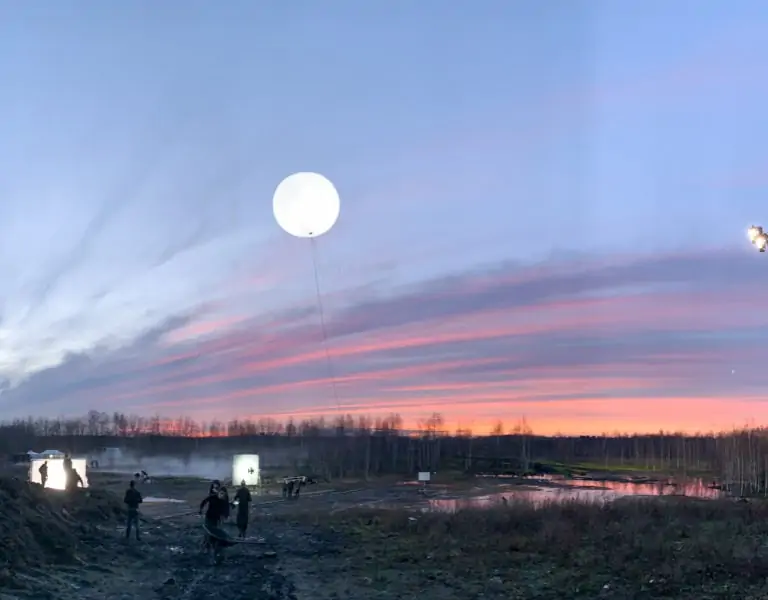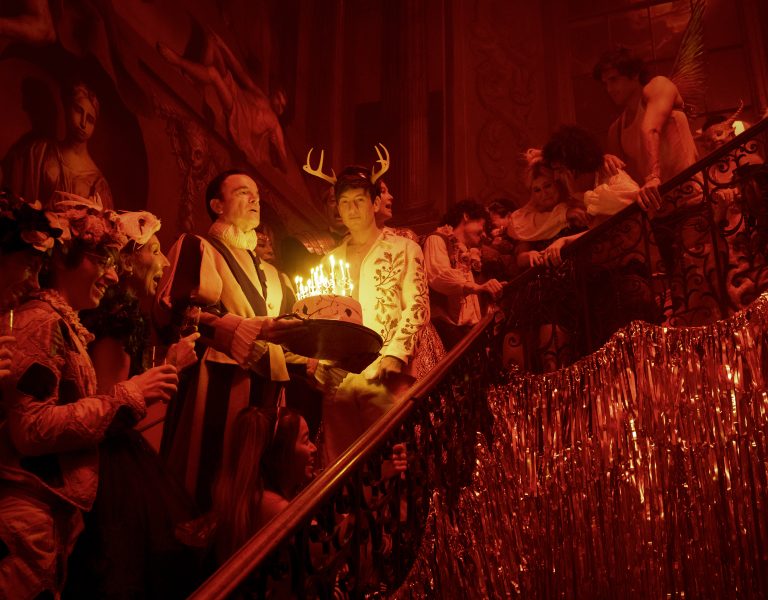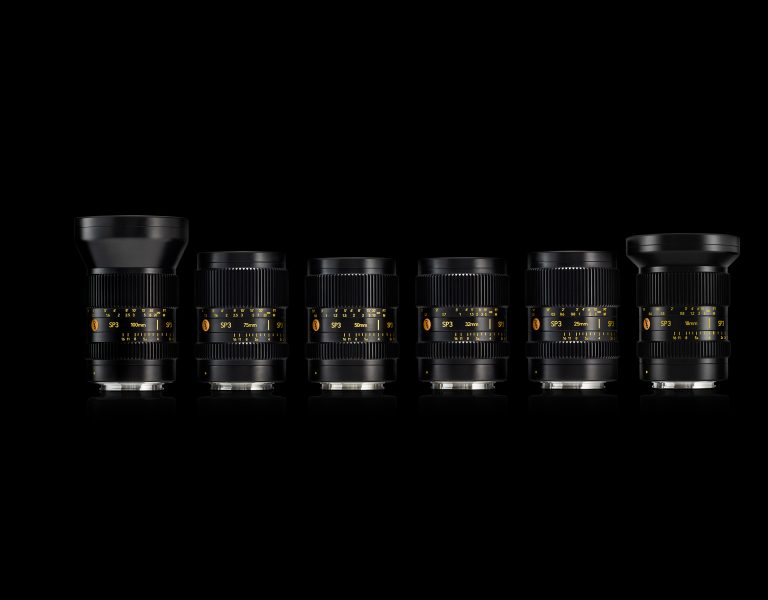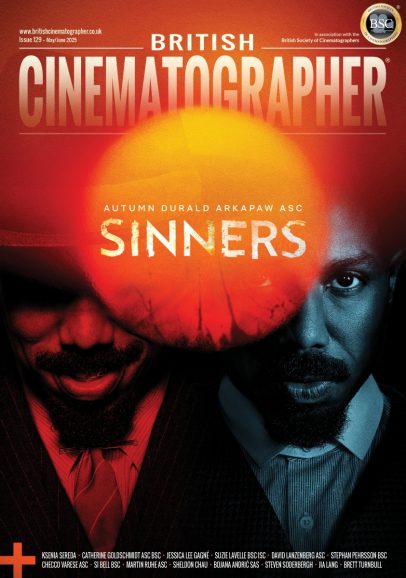The making of A Complete Unknown
Feb 7, 2025
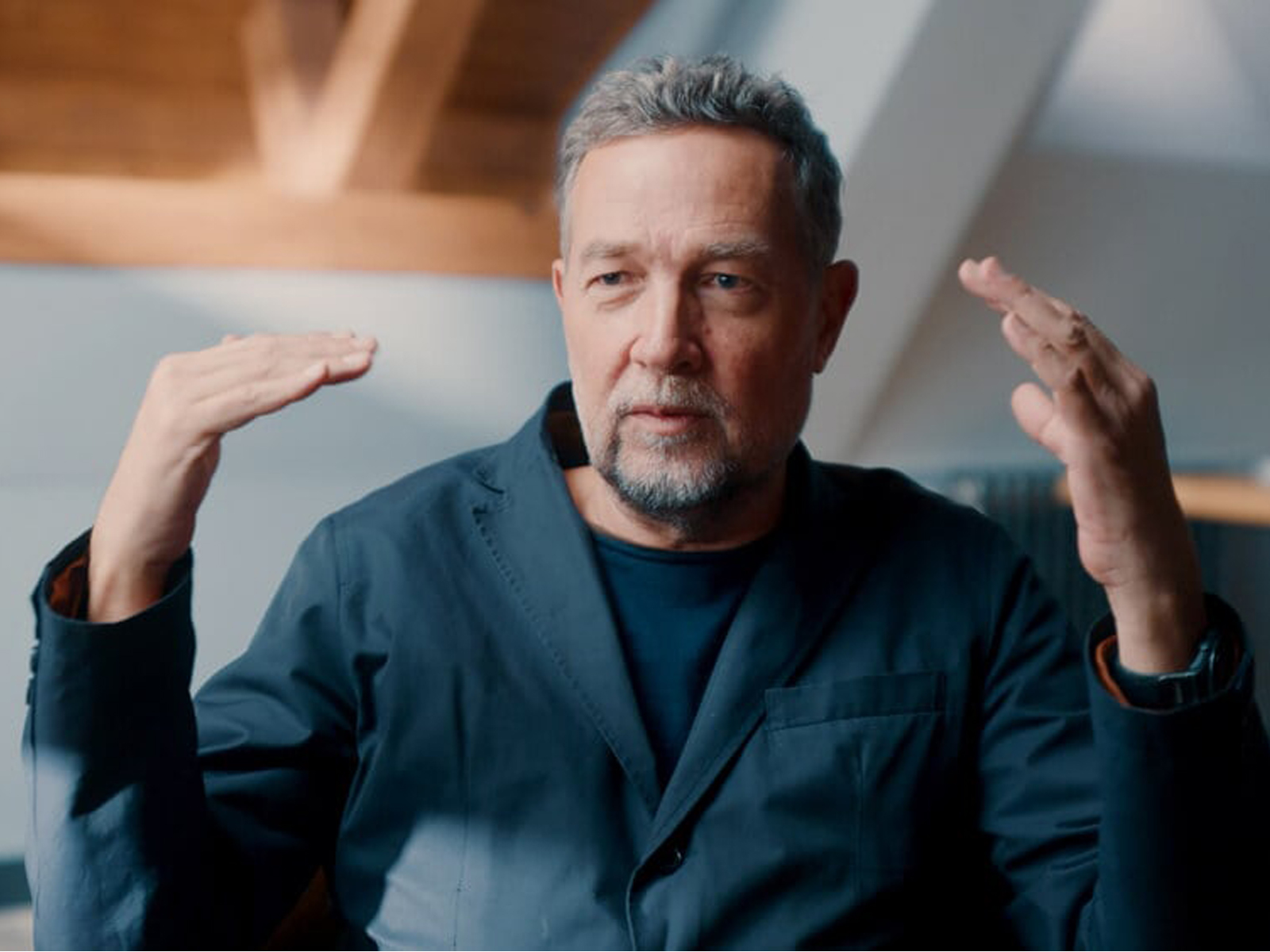
Over the course of seven feature collaborations, cinematographer Phedon Papamichael ASC GSC and director James Mangold have nurtured their shared sensibilities into an expanding visual language they continually modify to meet the needs of the story at hand.
Their most recent movie, A Complete Unknown, charts Bob Dylan’s rise to fame in New York City’s folk music scene of the early 1960s. Papamichael recently spoke with Panavision for this video interview in which he reflects on his and Mangold’s visual style, praises star Timothée Chalamet’s portrayal of Dylan, and details the camera and custom lens solutions he employed to craft A Complete Unknown’s period-specific look.
“This is a movie that kind of shows you how [Dylan] started to tick as an artist and what made this very young man be able to write these really relevant words,” Papamichael explains. When the young musician arrives in New York City in the early ’60s, the cinematographer adds, “it’s him with a backpack, his guitar case, his cap, then quickly people realized he has a unique talent.”
Shared History
The 2003 film Identity was Papamichael’s first feature collaboration with Mangold. In the years since, they’ve reteamed for the movies Walk the Line, 3:10 to Yuma, Knight and Day, Ford v Ferrari and Indiana Jones and the Dial of Destiny. “With Mangold, we have a very specific style that ultimately we always come back to,” Papamichael shares. “It’s a little bit more classic, and we’re very much into compositions.”
The Johnny Cash biopic Walk the Line provided a jumping-off point for the filmmakers as they began to conceive A Complete Unknown. With Walk the Line, Papamichael reflects, “we were really discovering things. We learned to be very reactive, but we also were already following our instincts, like being on stage and close to the performer, and that’s something we reapplied on A Complete Unknown. So in many ways we shot it similar.
“It’s a very different kind of story arc,” he continues. True to its title, A Complete Unknown, he says, “is about a guy who’s not so generous with his emotions. It’s much more subtle, also, what Timothée does. He’s not giving you eye contact [in] all these moments, so you still have to be close and ready for these little things he does.”

Camera Choice
In crafting a period-appropriate look for the movie, the filmmakers opted for digital acquisition. “I started in preproduction working on the LUT,” the cinematographer details. “Of course, we were going to emulate film, and I shot Venice 2 this time for the first time on a feature.
“It looks more like the films of the period if I have more depth of field,” Papamichael explains. “So that’s why I chose the Venice 2, because I had no problem shooting at a 12,800 [ISO], mostly 6,400 [ISO], and I would do night exteriors at an 8 stop or 8/11 stop. And I really loved that.”
Unique Lenses
Papamichael has a long history of collaborating with Panavision, and for A Complete Unknown, he returned to Panavision Woodland Hills for his camera and lens package, working with Dan Sasaki, Panavision’s Senior Vice President of Optical Engineering and Lens Strategy, to devise a set of customized anamorphic lenses that blend characteristics of C Series and B Series optics while incorporating the closer focusing and modern mechanics of the T Series. “He made really, really beautiful lenses,” Papamichael enthuses.
The lenses’ close-focusing ability, particularly on the 35mm focal length, was particularly important for how Mangold and Papamichael like to work. “When we go in for a close-up, we don’t just swing a lens and go to a longer lens,” the cinematographer explains. “We physically like to move in close.
“I had the great Scott Sakamoto as my operator, who had just done Maestro also, and A Star Is Born,” Papamichael adds. “He’s very in tune with performances, and we really let him roam freely on the stage and create so many shots that he was just instinctively finding. And then Timmy giving us incredible details with his performance. [It was] a great lensing and operating combo.”

Bringing It All Back Home
“Regardless what the genre is or what we do, the story is always told through the protagonist and the details of his emotions and really letting the audience feel like they are in the moment,” Papamichael says of his work with Mangold.
Throughout production on A Complete Unknown, he adds, “[with] all the performances, we were like, ‘Oh my God, they’re so good.’ [It’s a] tough one to pull off with such a legendary figure, and you have fans that have such specific expectations for it, but I think it’s going to be hard not to be charmed by it.”

